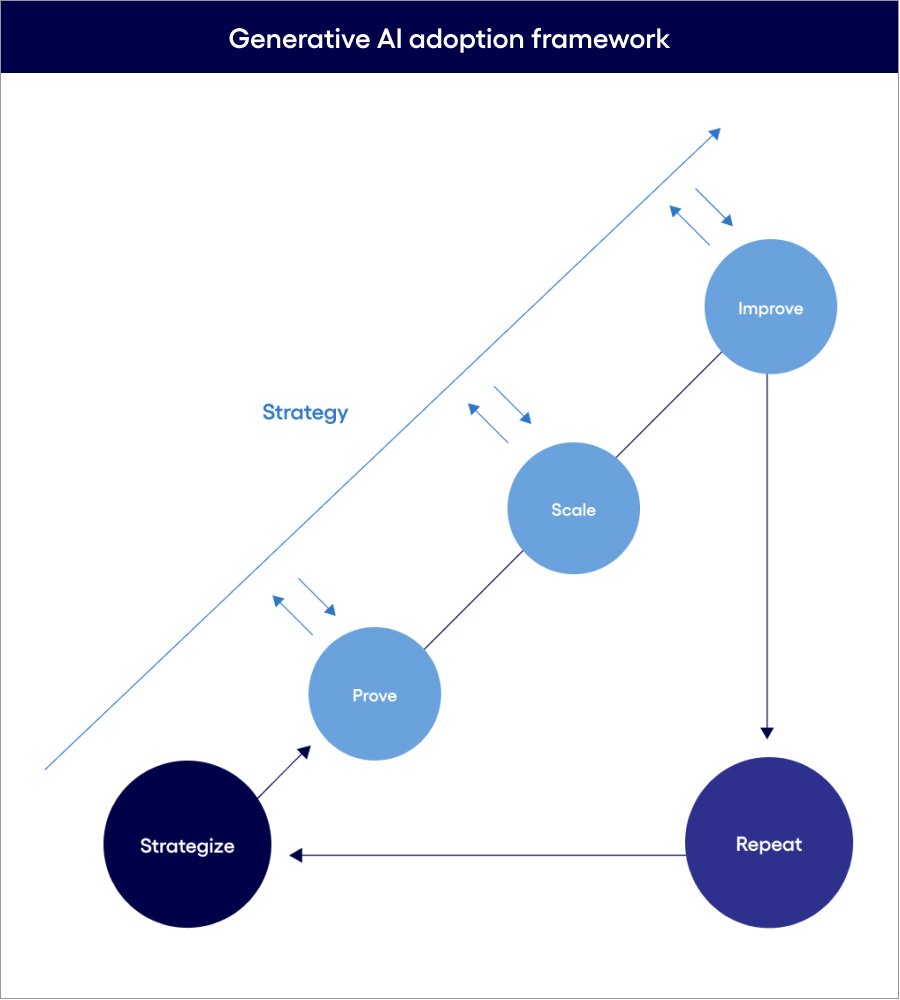In a world where innovation moves at the speed of thought, not all technologies succeed equally. Some redefine industries—others fade into the background. At Trinet Technologies, we believe foresight is the true advantage. Our Four Cs framework empowers business leaders to evaluate which innovations are poised to reshape the market—and which are likely to remain niche.
Understanding disruption through the Four Cs
Disruptive technologies—from smartphones to AI—have transformed how we live and work. Yet many promising innovations coexist with traditional solutions rather than replacing them outright. Why do some ideas dominate while others linger on the sidelines?
At Trinet, we studied over a century of transformative technologies to arrive at a clear pattern: true disruption occurs only when a new solution outperforms its predecessor across four key dimensions—Cost, Convenience, Consumer Experience, and Compliance.
If an innovation delivers across all four, it is primed to become the new standard. If it falls short in even one, it risks being stuck in limbo.
Let’s explore the Four Cs in detail.

Cost: The Price of Adoption
Is the innovation economically superior?
Cost remains a universal barrier to adoption. If a technology is too expensive to implement, scale, or maintain, its adoption stalls—regardless of its potential.
Take 3D printing or hypersonic transport—brilliant, but costly. Until these innovations become affordable, they will remain out of reach for most.
At Trinet Technologies, we constantly analyze cost trajectories to help our clients invest in scalable, future-ready solutions.
“At Trinet Technologies, we do not chase trends. We decode them. Our Four Cs approach helps our partners spot disruption before it hits the mainstream—and build their future around it.”
Convenience: Simplicity Wins
Is it easier to use than what came before?
Time is valuable. Even if a tool is powerful, if it adds friction to the user experience, it struggles to gain ground.
Virtual reality headsets and brain-computer interfaces offer incredible possibilities—but are often complex and unintuitive.
Convenience accelerates adoption. Our digital transformation strategies at Trinet are designed to minimize complexity while maximizing utility.
Consumer Experience: Does It Meet the Need?
Does it serve the same emotional and practical value?
Products do more than perform tasks—they fulfill human needs. If an innovation fails to replicate the emotional satisfaction or familiarity of its predecessor, consumers hesitate.
E-readers vs. paperback books. Smartwatches vs. classic timepieces. The technology exists—but the experience still falls short for many.
That’s why user-centric design is core to every Trinet solution. Experience is as vital as function.
Compliance: The Regulatory Hurdle
Is the innovation unencumbered by legal restrictions?
No matter how promising a technology is, it cannot thrive under restrictive regulation. If the law says “no,” adoption stalls.
From self-driving vehicles to gene editing, innovations often wait on policy reform before reaching their full potential.
Our experts at Trinet track global regulatory landscapes to help clients time their investments right—and stay ahead of compliance risks.
Seeing Tomorrow, Today
Most technologies do not fail due to poor design—they fail because they fall short on one or more of the Four Cs. But when they meet all four, transformation happens fast.
Take ridesharing: once regulatory barriers fell, services like Uber exploded because they had already proven superior in cost, convenience, and user experience.
Or consider green energy. It leads in compliance, experience, and usability—but not yet in cost. As affordability improves, expect a dramatic shift.
The same applies to VR, drone logistics, and other emerging tools. Business leaders who monitor these Four Cs will know when to invest—and when to wait.





